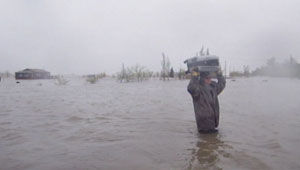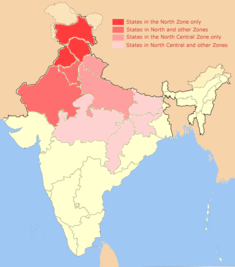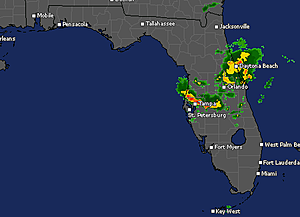Springfield sees worst of severe weather, nearby areas hit as wellSpringfield - At least two tornadoes left at least four people dead, caused numerous injuries and damage Wednesday in this western Massachusetts city, scattering debris, toppling trees and frightening workers and residents before racing east.
Gov. Deval Patrick declared a state of emergency and the National Guard called up about 1,000 troops, NBC News reported.
Scott MacLeod, a spokesman for the Massachusetts Emergency Management Agency, confirmed the four deaths Wednesday night but said there were no details about the circumstances.
He said two people died in Westfield, one in West Springfield and one in the town of Brimfield.
The first tornado touched down at about 4:30 p.m. local time in Springfield, the third largest city in the state, Chris Vaccaro, a spokesman for the National Weather Service, said.
"There was a tornado on the ground and reports of widespread damage in Hampden, Massachusetts, and also reports of damage in Springfield," Vaccaro said.
Much of the damage was in Springfield's South End neighborhood near Interstate 91 and the Connecticut River. Heavy winds could be seen churning the Connecticut River and hail, heavy rain and thunder hammered the area.



